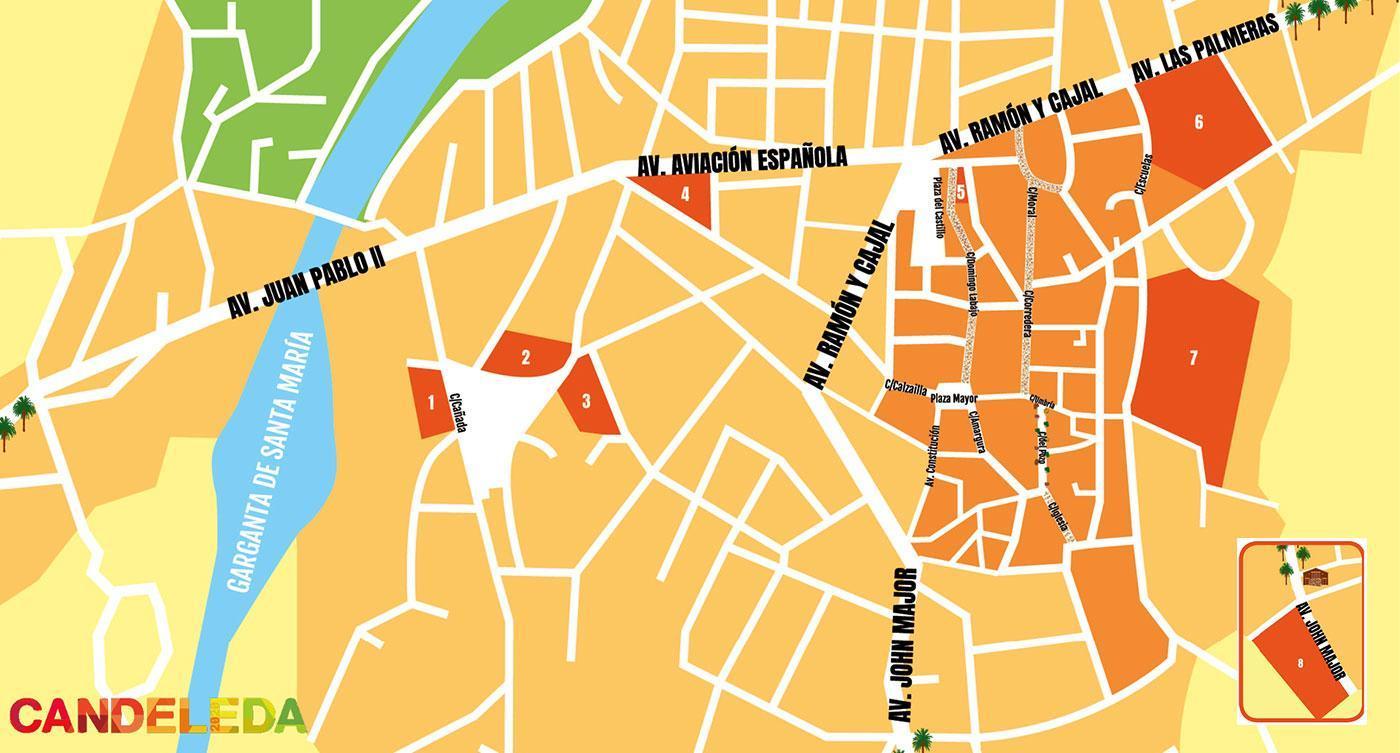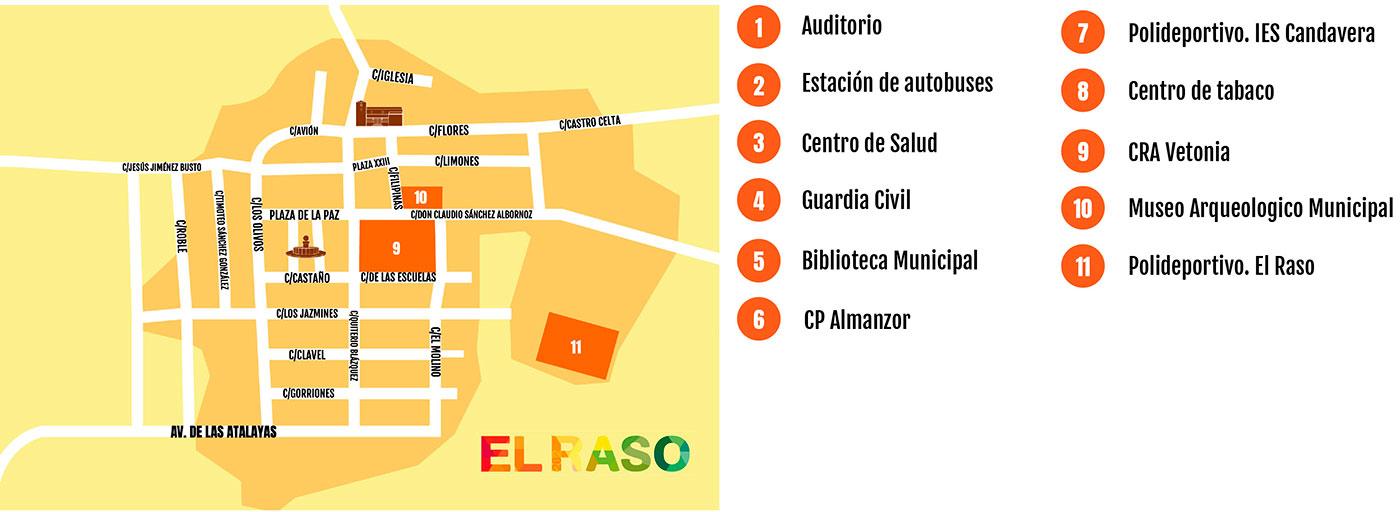CANDELEDA AND EL RASO STREET PLAN
In one of the Southern foothills, under the peaks of the Sierra de Gredos, is located Candeleda, sheltered from the cold of the North and at the edge of the garganta de Santa María.
This strategic location was chosen for the settlement of a small population at the beginning of the 13th century, as a protection of the Avila's alfoz against the expansionism of the Placentinos. The movement of mustang livestock through these lands, from the ford council to the summits of the mountain top, will lead to the protection of Sancho IV, who will grant a meadow to the citizens of Candeleda. This fact will allow the consolidation of the village, which will receive the privilege of the "Villazgo" in 1393 and its consequent independence from the city of Ávila.
It will immediately become a manor town and the Counts of Miranda took possession of this region. They were a branch of the Zúñiga family, although initially Enrique III will cede the region to the General Ruy López Dávalos.
The huge benefits provided by the transhumant livestock and the use of the privileged pastureland will make Candeleda a town with important resources that will be reflected in the building of the church, the castle, the town hall, the municipal granary, bridges, public fountains...
Around these buildings are its houses, with a street plan in which stand some examples of noble architecture and a permanent flight of "solanas" that define the peasant architecture of the town. And also water everywhere, even streams that run through the streets tempering the harshness of summer.
And its people -Vetons, Romans, Arabs, Jews, Mozarabs, Christians... - look out from those balconies. It is a melting pot of cultures that have been shaping the soul of the Candeledanos of today.
Contributing Author: Jesús Rivera Córdoba
MULTIMEDIA



